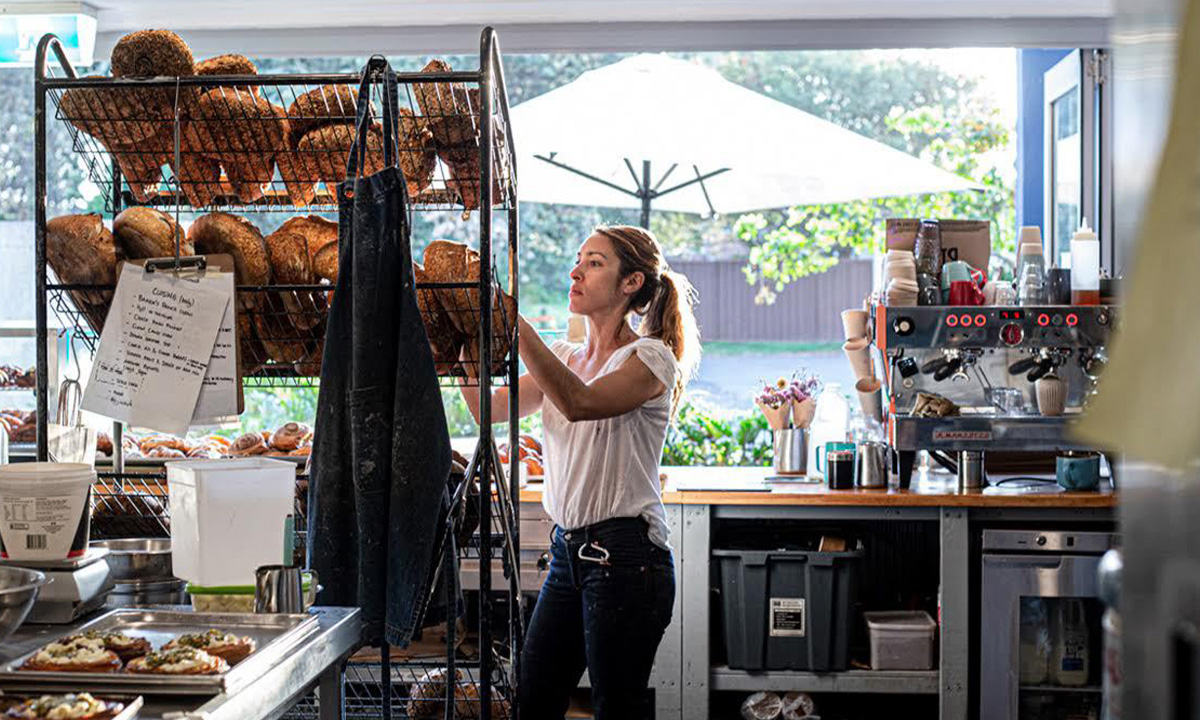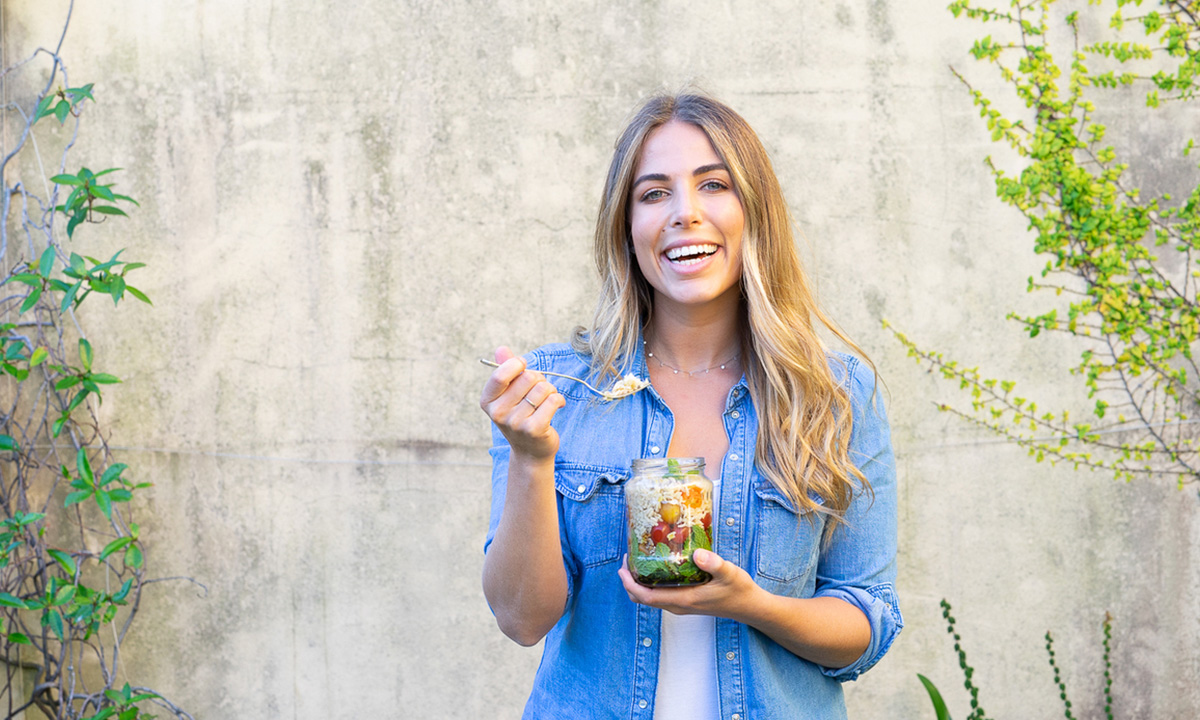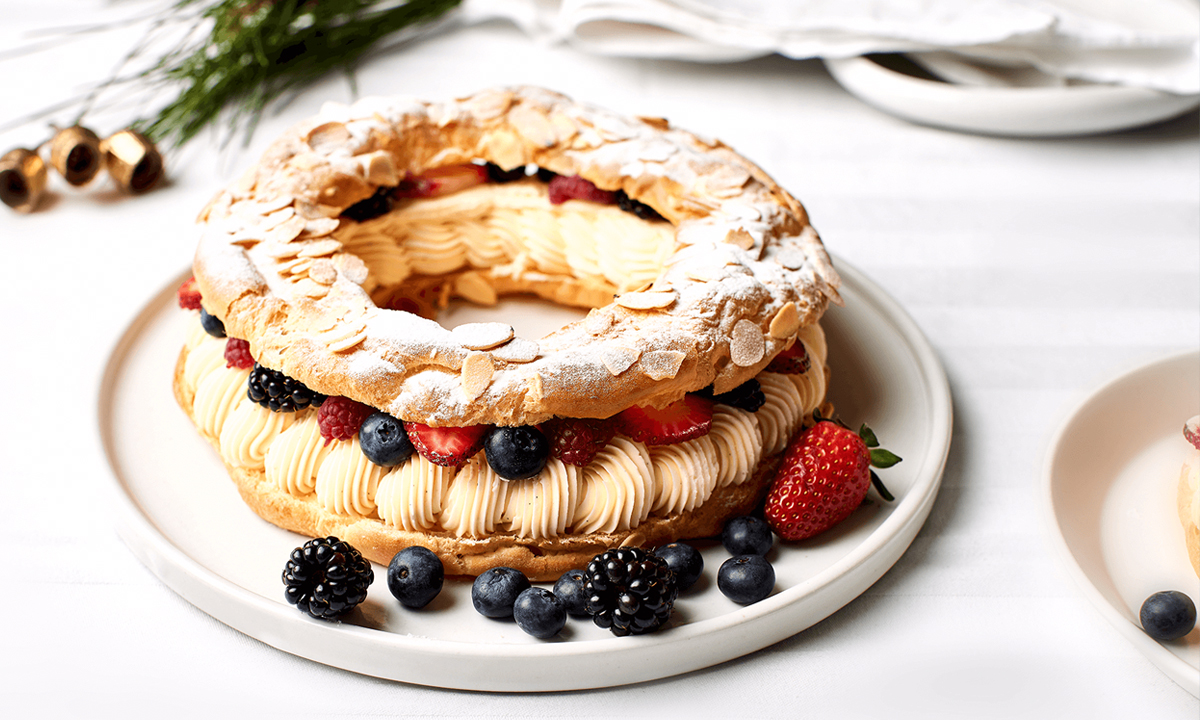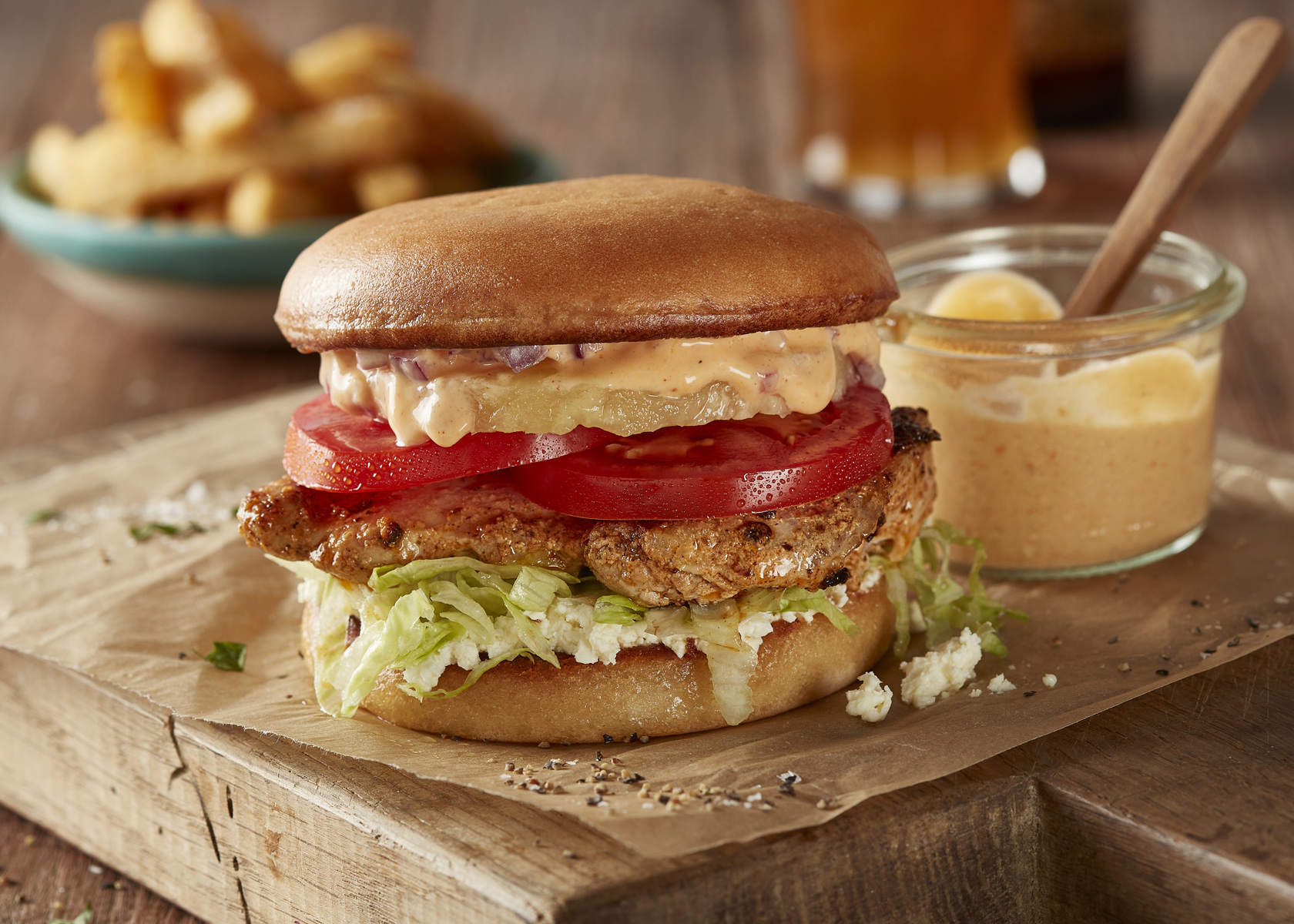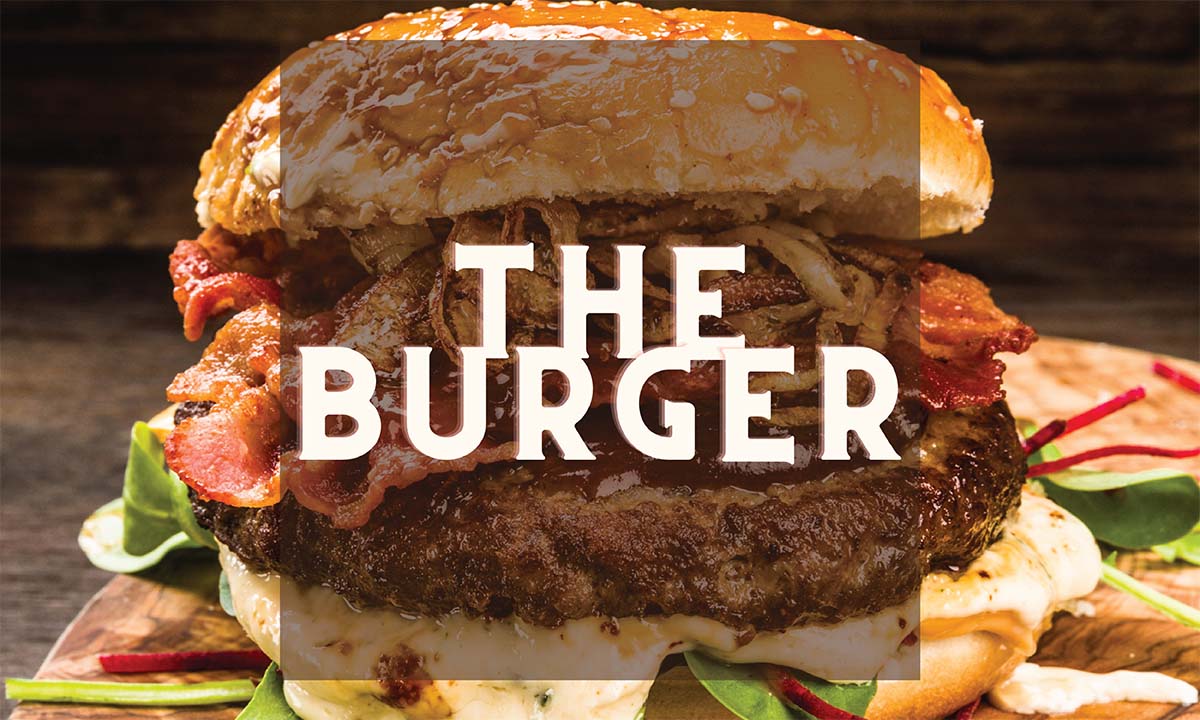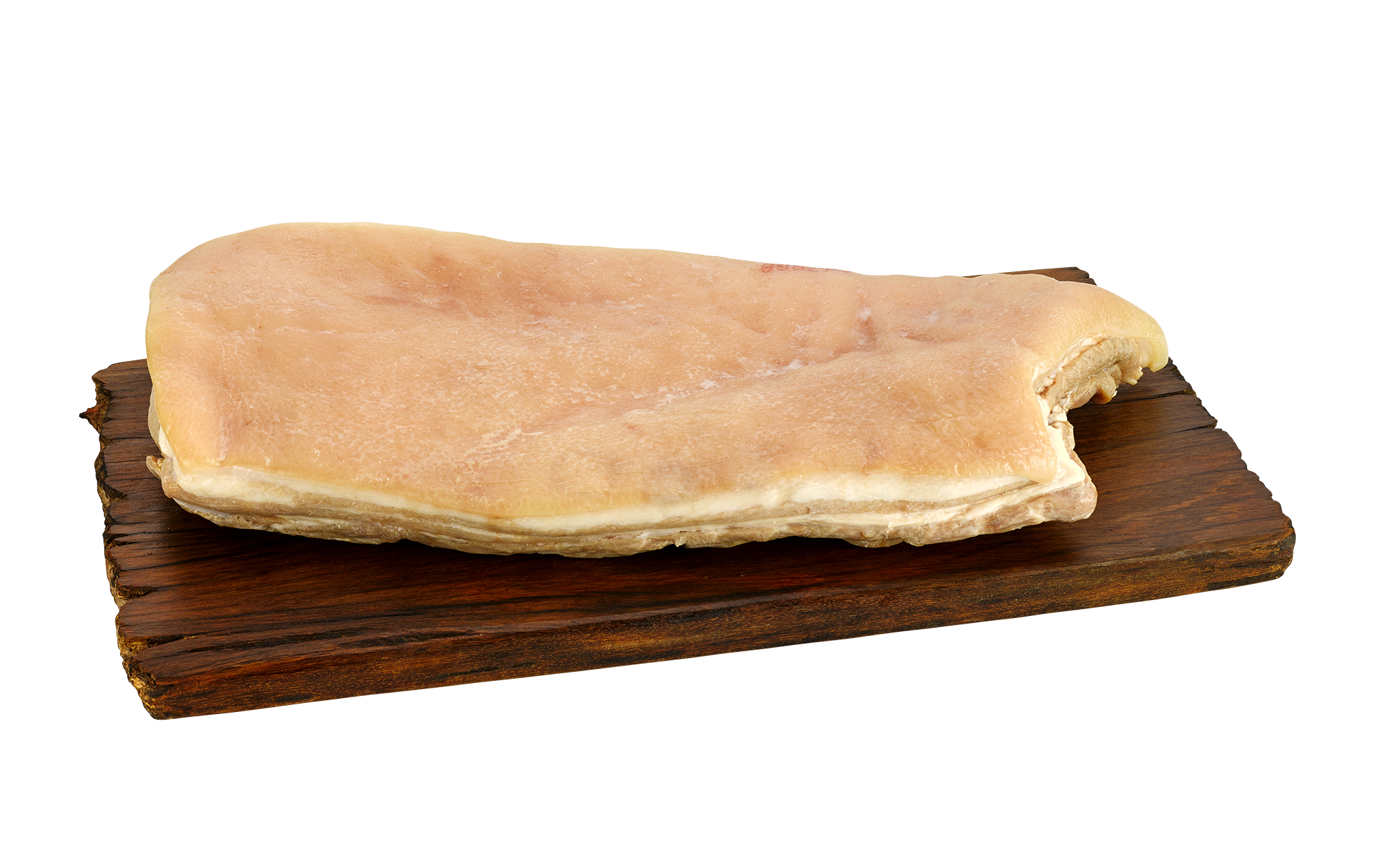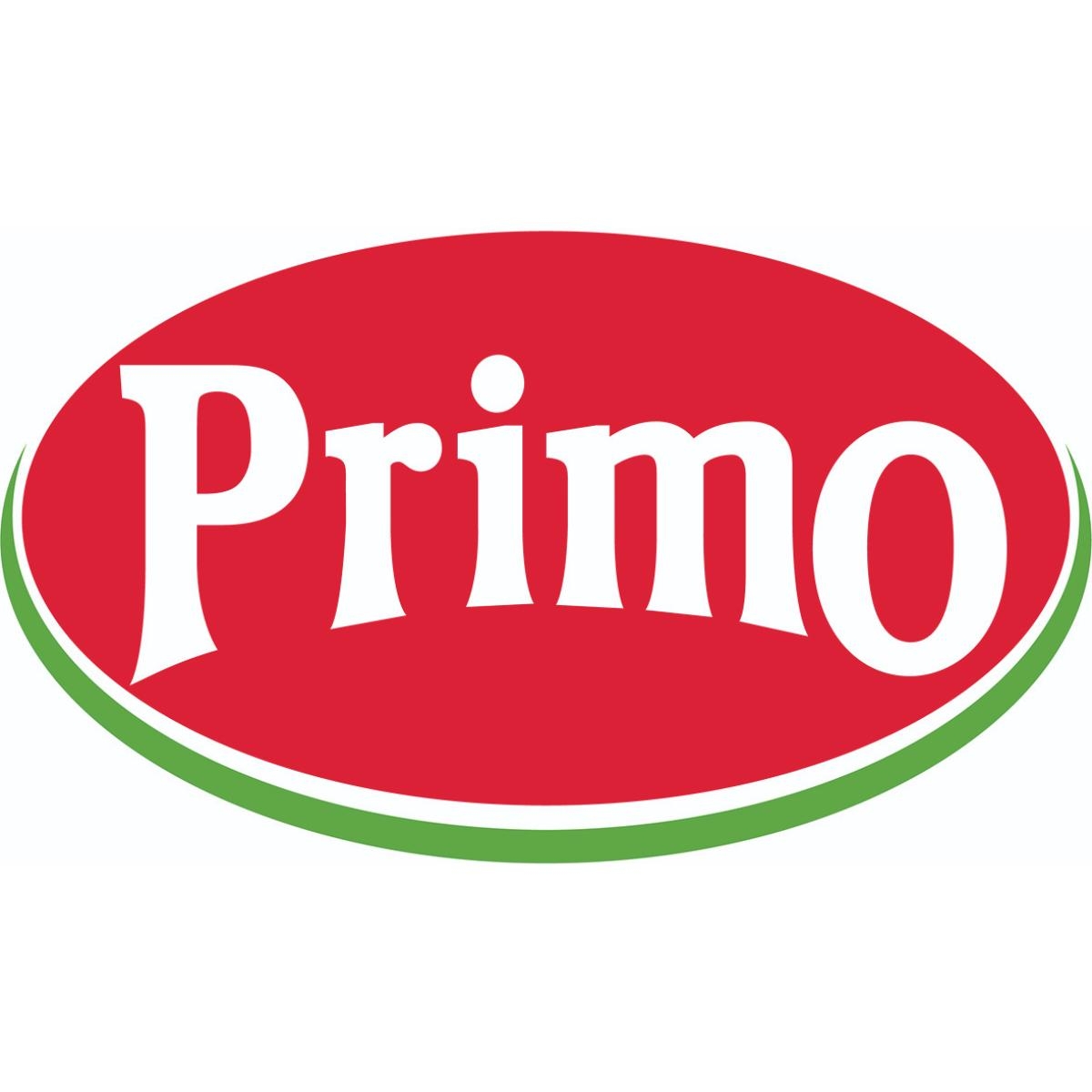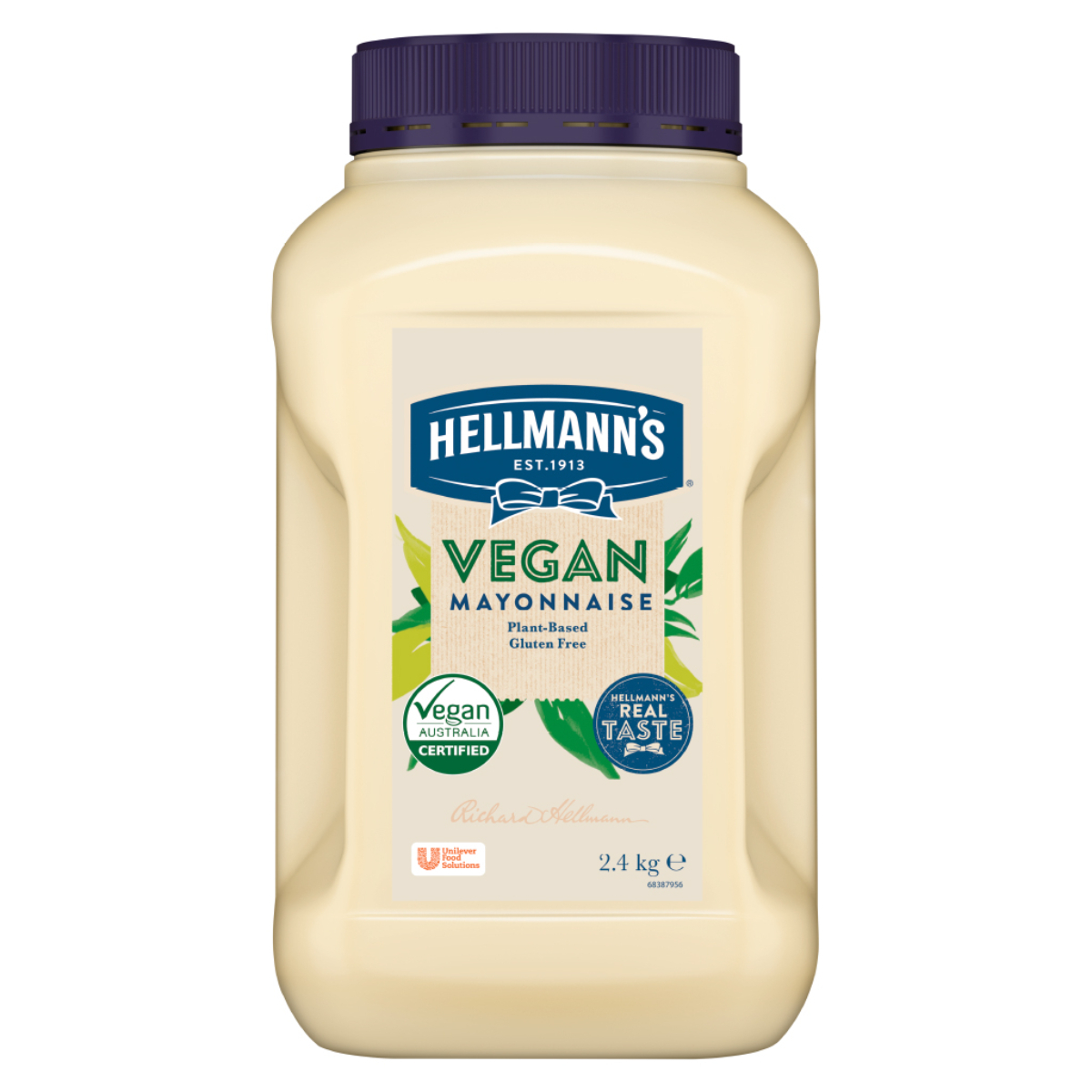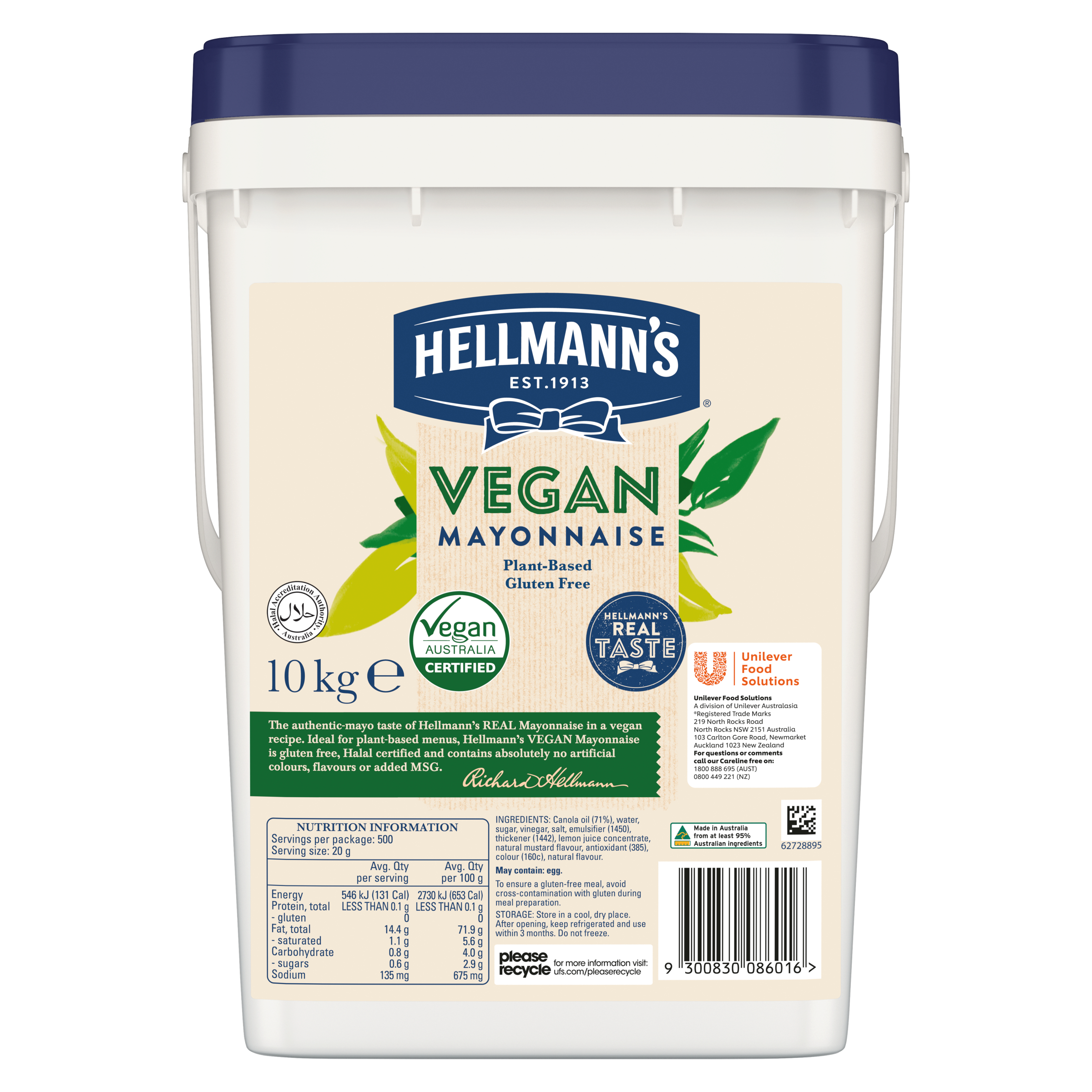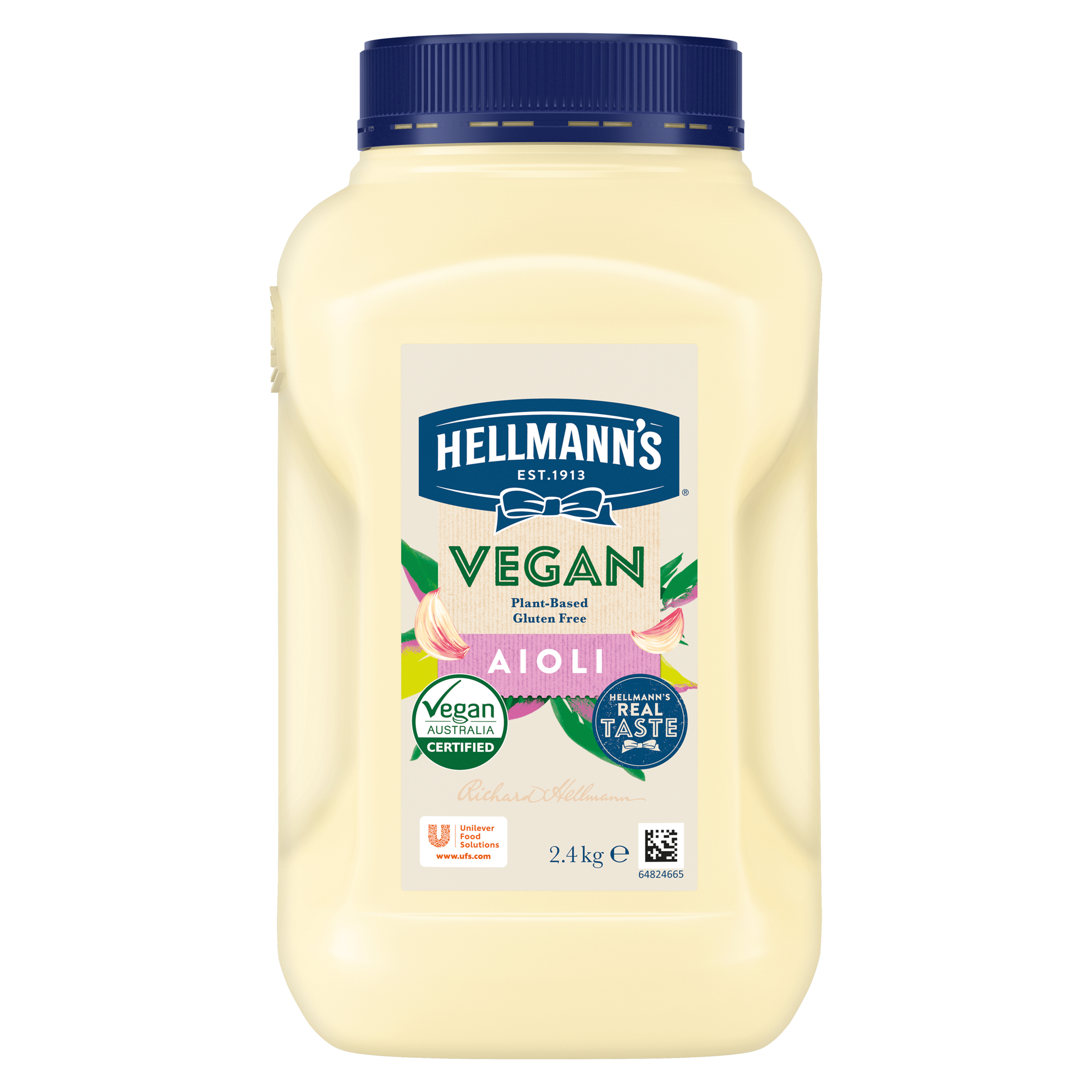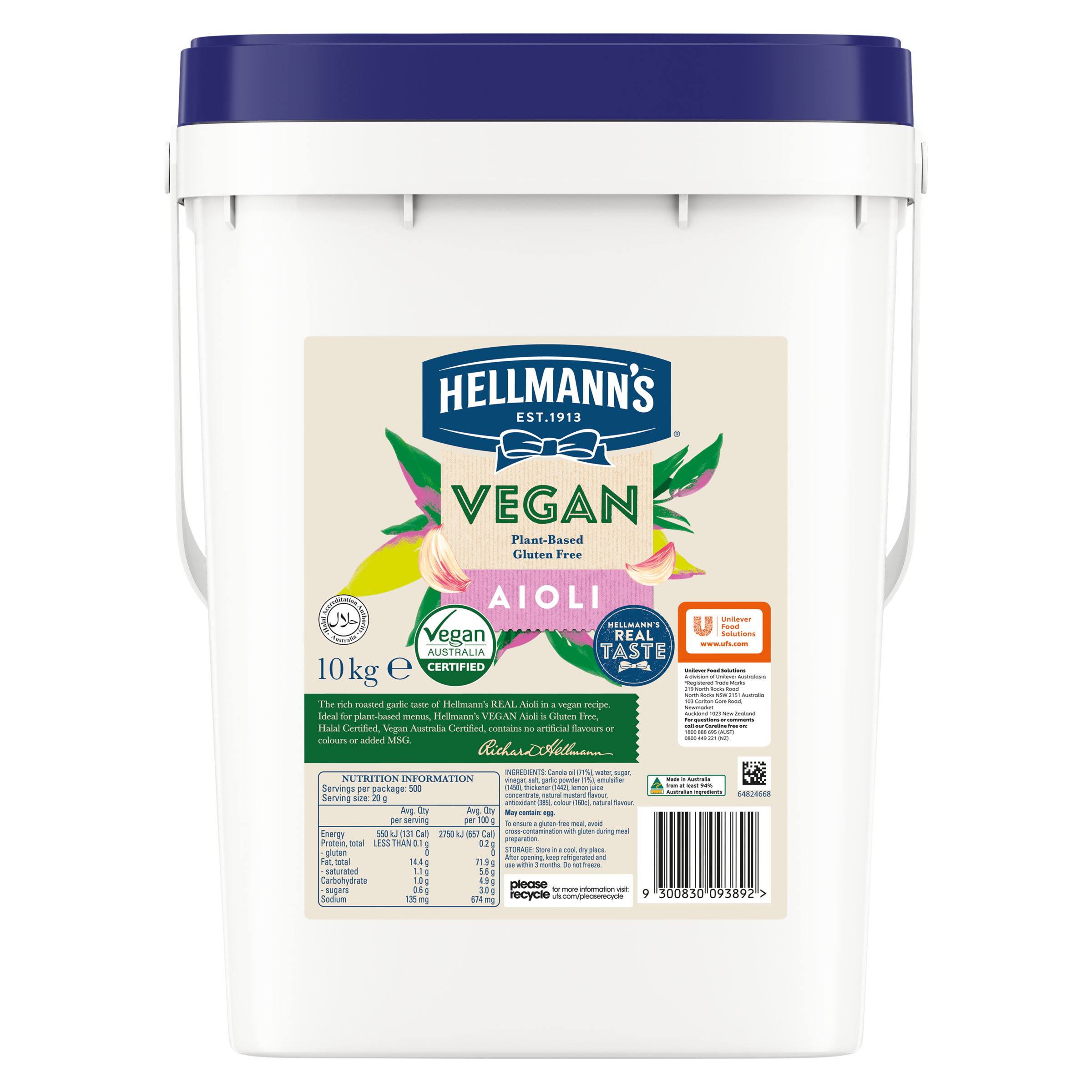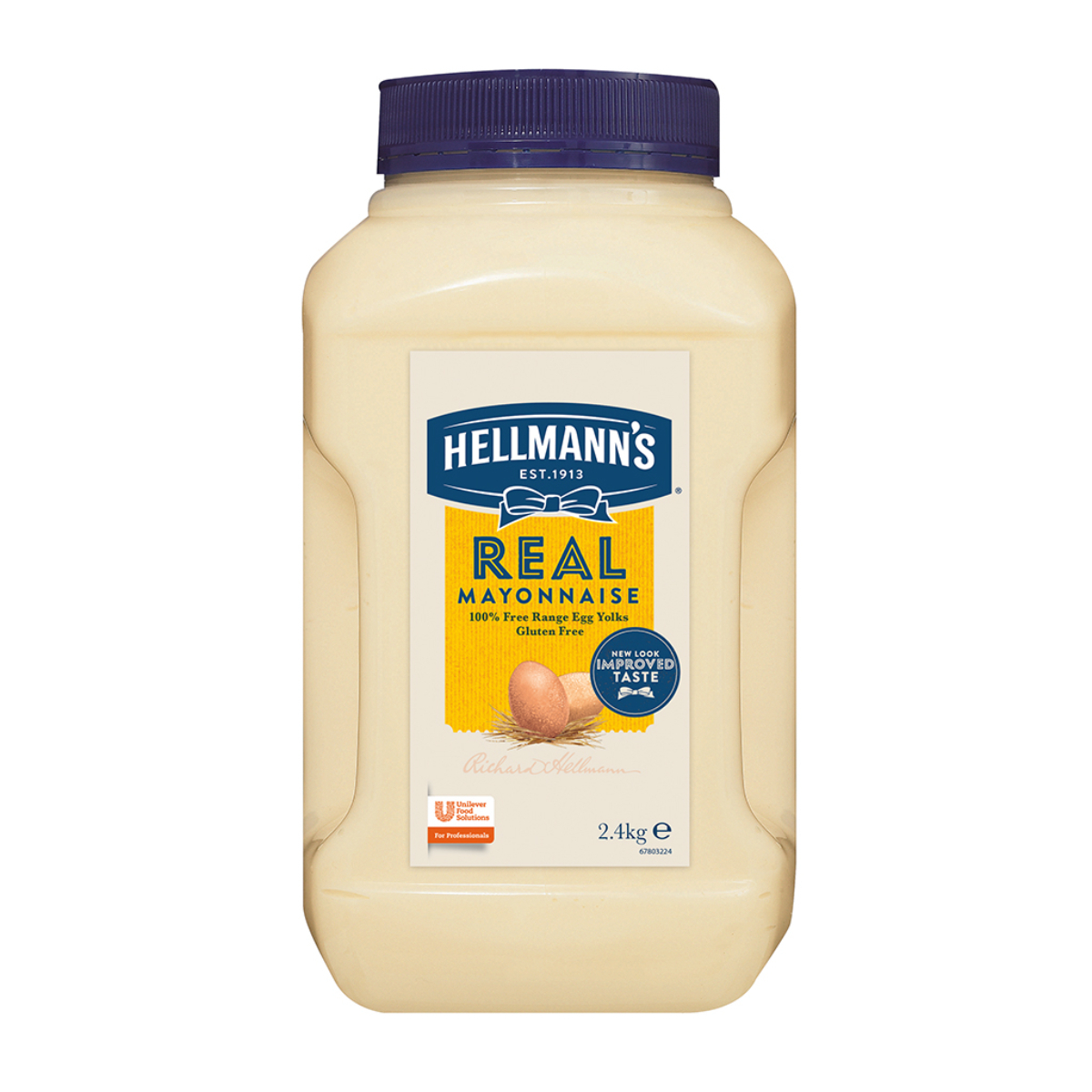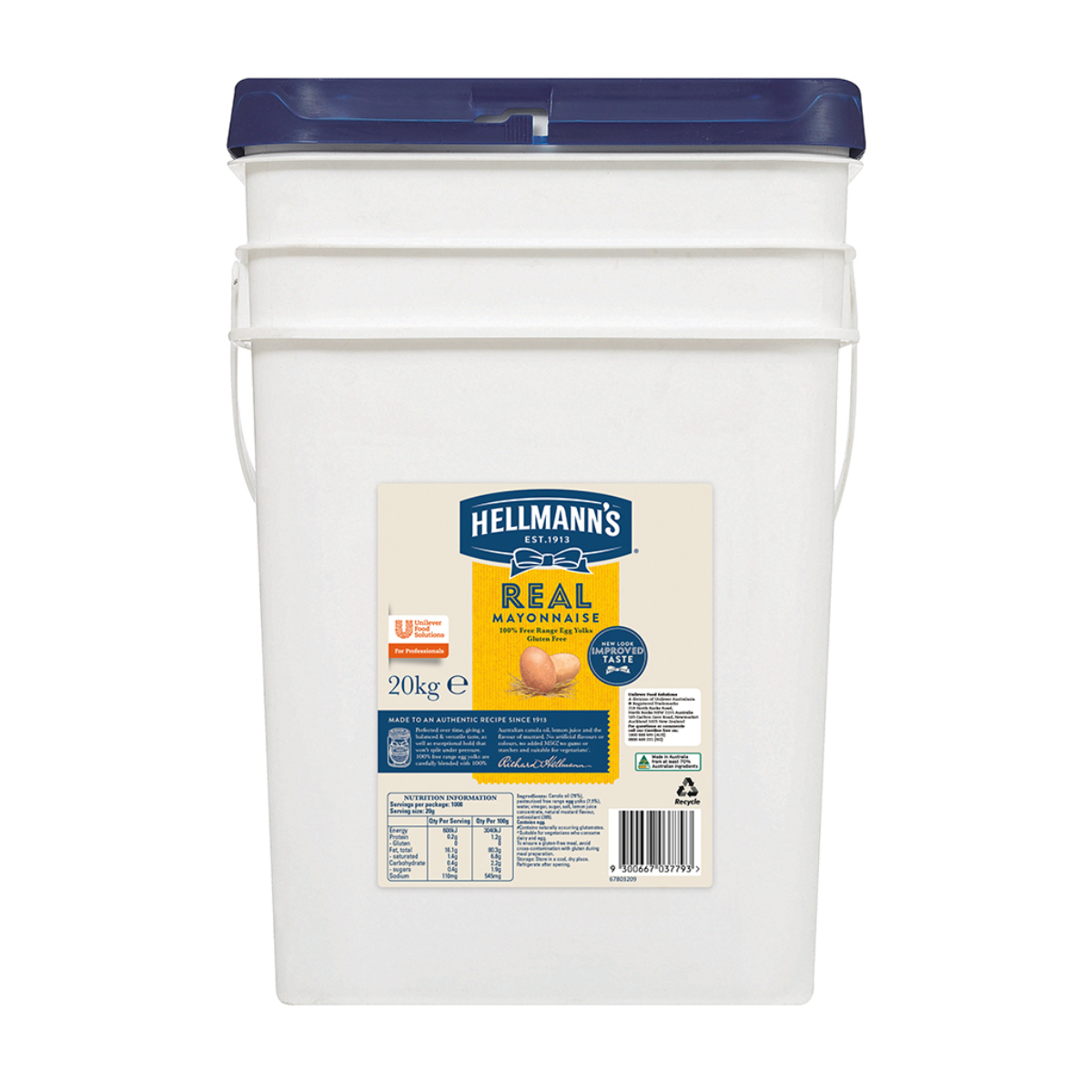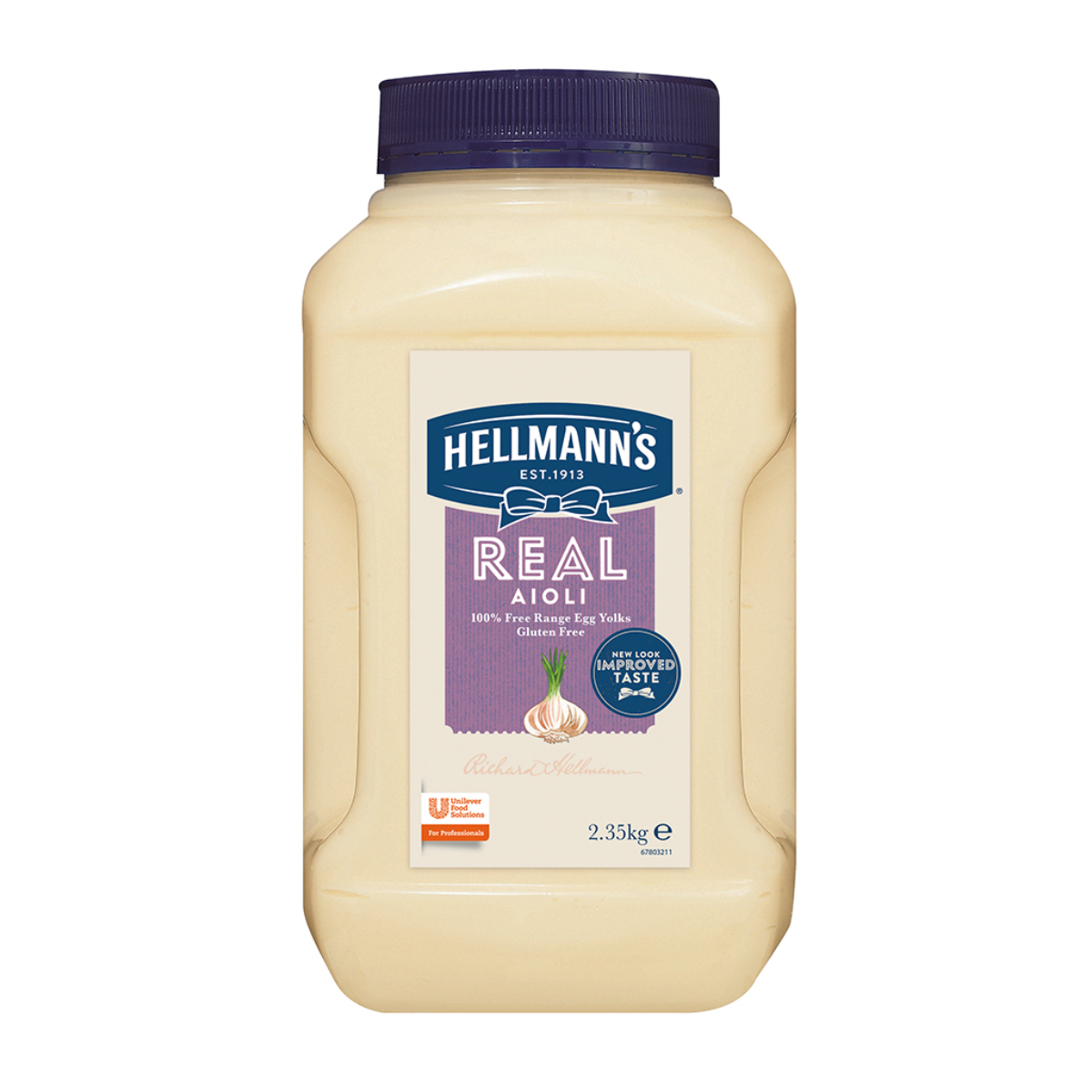A trend can have immediate effect, or it can take time to creep in. In this month’s InSeason food and hospitality trends report, many longer-term movements started trending. And food service and hospitality businesses should be taking notice.
Can I see where that came from?
While ‘provenance’ has long been a buzzword, we’re finally seeing that this interest is no longer simply about naming regions on menus.
“COVID escalated people’s desire to want a greater understanding of the natural world and where our food comes from,” says Amanda Fry of Experience Nature. The wild food tour guide organises mushroom, truffle and wild weed tours, along with private and tourism events that put people back in touch with their food and says that the continued rising interest is all about consumers seeking a sense of empowerment, right across their food experiences.
“COVID wasn’t necessarily a time when food wasn’t available, but it did spark that thought of ‘if I don’t have access to a supermarket, what do I do?’,” she tells InSeason.
While the continued rise in interest is clearly a knock-on effect from the uncertainty of lockdown food-supply issues, it’s also snowballed with the pre-Covid desire to know where our food is produced in a gourmet and prestige sense. Where once mentions of regions, producers and heirloom varieties were enough, what consumers now look for is a chance to see the places where the food is produced, to create a touchstone with nature. This is manifesting through interest in extended information – from first-hand experiences to videos and images or QR codes on products and menus.
Manning Valley Eggs has a popular live webcam of their free-range chickens, while brands including Nestle and Sanitarium use QR codes on packaging to direct consumers to deeper product information. We can’t all have live feeds from our chicken farm, but consumers are certainly seeking more detailed information about their food and where it’s from.
Meaningful green options that don’t disrupt convenience
While research including The Food People 23-24 Food and Beverage Report regularly highlights a consumer interest in sustainability and environmental practices, the reality for businesses is a slow manifestation of changing consumer behaviour.
“On paper, everyone says ‘oh yes, you should be sustainable’. But then when you actually do something people are slow to be part of it,” says Laura Gonzalez, owner and baker at Peach and Wolf bakery in Coffs Harbour and Woolgoolga in NSW (pictured above).
Gonzalez opts for local produce and home-compostable take-away cups. Both decisions reduce her environmental footprint and are of deep importance to her but are an extra cost to the business.
“The cups are not cheap,” says the baker. “They’re home compostable, which means they go back to the earth in three weeks,” unlike other products that need commercial sorting and composting. While Gonzalez could opt for cheaper products, her commitment is bigger than simply ticking a trend box, even though she regularly sees that convenience is more important to customers than environmental benefits. She also has a cup library – with a 50c coffee discount – that often goes unused.
Despite the slower uptake, she says the interest from consumers is still real. Her advice is to find an environmental change that your business can manage sustainably. Pick one aspect and deliver it well, confident in what you are doing, rather than making sweeping changes customers may not appreciate.
Potato scallops make a comeback
Potato cakes or potato scallops. Whatever you call them, they’re having a moment – from fine diners to social media. With the likes of Balmoral’s Bathers’ Pavilion and seafood master Josh Niland’s Paddington and Waterloo Fish Butchery in Sydney, to Karen Martini’s St George in Melbourne’s St. Kilda – anything that can be served with a slice of battered and fried potato is on-point. Some interest is driven by nostalgia and some by the simple fact that potatoes are budget friendly and versatile. They’re also a crowd pleaser. You’ll see how-to videos (like this one from @YourNextCrave) on social media, and even the humble hash brown is having its time in the spotlight piled with toppings (per this clip from @shewillevolve). It seems we’ve finally remembered that carbs are not the enemy.
Seed oils as a hot topic
Seed oils and their purported inflammatory nature are causing a meltdown in the food/wellness space right now. It’s becoming common for consumers to ask what kind of oil is being used in their food – and while the debate is worth being across it’s also one that needs a balanced perspective according to accredited practicing dietitian, Lyndi Cohen.
“People have been fearing seed oils for a while now, claiming they’re inflammatory. This fear is based on outdated and disproven research,” says the host of the No Wellness Wankery podcast. “Most often, it’s the ultra-processed food that seed oils are combined with that contribute to ill health yet seed oils have taken the brunt of the blame,” she says, adding that “meta-analysis including 83 studies – looking at over 40,000 people who have inflammatory bowel disease – showed omega-6 fats have no effect on inflammatory markers.”
She says the commentary often comes from unqualified influencers, so it’s worth being armed with some facts for your customers.
“Seed oils are not evil and you don’t need to avoid them altogether. But, like most things, balance and moderation are key.”
February’s social media food trends
- Olive oil, salt and vanilla ice cream – It’s the flavour sensation made popular by musician Dua Lipa and has people taste-testing all over TikTok.
- Taylor Swift food – You can’t miss the hype of the megastar’s concerts in Australia and all the speculation over what she ate and where.
- Chopped sandwich fillings – From Italian-style to experimenting with any-and-all sandwich fillings, TikTok and Instagram are flooded with people piling finely chopped ingredients into sandwiches.

